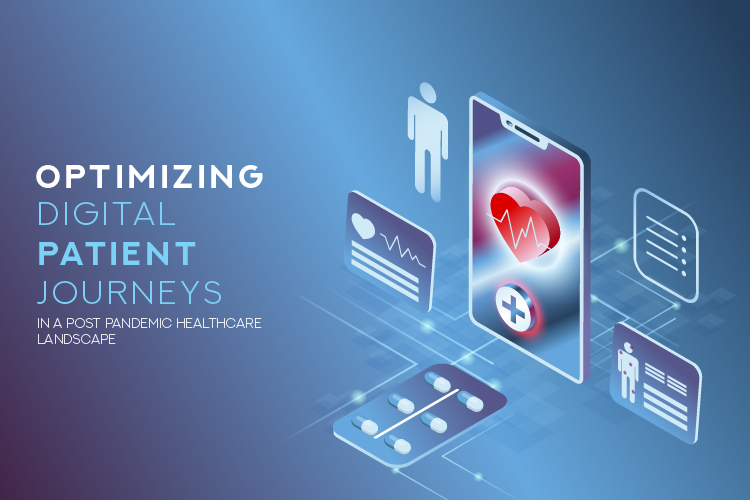The pandemic reshaped nearly every part of the healthcare experience, accelerating digital transformation across the board. Virtual visits, remote monitoring, and digital communication channels quickly became the new normal. But now, as healthcare systems transition into a post-pandemic world, the question remains: how do we continue to optimize and evolve these digital patient journeys?
Today’s patients expect more than just online scheduling and video visits. They want a seamless, personalized, and consistent experience across every digital touchpoint. To meet these expectations, healthcare organizations must go beyond basic tools and build connected digital ecosystems that support the full care journey—from awareness and access to follow-up and long-term management.
Here’s how healthcare providers can improve digital patient journeys in a way that builds trust, increases satisfaction, and supports better outcomes.
1. Understand the Full Patient Journey
The digital patient journey does not start with a diagnosis or appointment—it begins the moment a patient searches for symptoms or care providers. From that point forward, every interaction shapes their perception of your organization.To optimize the journey, healthcare leaders must map out every stage, including awareness, research, scheduling, intake, treatment, and post-care follow-up. Identifying gaps or friction points in that process is key to improving engagement.
2. Personalize Patient Interactions
Patients want care that feels personal, not generic. Leveraging patient data and analytics allows providers to deliver tailored content, timely reminders, and care recommendations based on history and preferences.Simple touches like personalized appointment confirmations or condition-specific education can build loyalty and trust. The more relevant the digital experience, the more engaged the patient becomes.
3. Streamline Access and Communication
Long wait times, disconnected portals, and hard-to-navigate apps are among the biggest frustrations for patients. To truly optimize digital patient journeys, providers need to eliminate these barriers.This means offering intuitive self-service options like online scheduling, digital check-ins, and real-time support. It also means centralizing communication so that patients can manage their care and receive updates in one place whether through an app, email, or text.
4. Integrate Data Across Systems
Disconnected data leads to disconnected care. To deliver a seamless digital journey, healthcare organizations need to ensure their EHR systems, digital front doors, and engagement platforms all communicate with one another.Integrated systems give providers a complete view of the patient, reduce duplicate data entry, and ensure that patients receive consistent messaging across all platforms.
5. Focus on Trust and Transparency
Digital tools must be secure, accessible, and easy to understand. Patients need to feel confident that their data is protected and that they are receiving clear information at every step.Transparency around costs, wait times, and care expectations can go a long way in building patient confidence. Tools that allow for feedback and clear two-way communication can further enhance that trust.
6. Use Technology to Extend Care Beyond the Visit
The best digital patient journeys do not end when the appointment is over. Post-visit engagement tools like follow-up messages, symptom trackers, virtual coaching, and remote monitoring devices help patients stay connected and informed.These tools not only improve adherence and satisfaction but also reduce the need for emergency visits or readmissions, ultimately improving long-term health outcomes.
Conclusion
In a post-pandemic world, optimizing digital patient journeys is not optional—it is essential. Patients are no longer comparing healthcare experiences to other providers but to the convenience and personalization of retail, banking, and hospitality industries.Healthcare organizations must continue to invest in technologies and strategies that put the patient at the center of care. This means creating unified, user-friendly, and data-driven digital ecosystems that support every stage of the journey.
By doing so, providers will not only meet rising expectations but also create stronger relationships, healthier communities, and more resilient systems for the future.

